Food colouring or food dyes are primarily used to make the food look appealing. It is mostly used in candies, baked goods, and breakfast cereals. Food dyes are also being increasingly used in sodas, gelatin desserts, meat products, and pet food. Over the years, more and more synthetic dyes have become popular and are being used in the food industry. These artificially produced food colors come in different colors and are therefore more in demand. However, not all synthetic dyes are approved for use because of their toxic nature. This article looks at food dyes and their side effects
Artificial Dyes
Now let us look at a few artificially curated dyes and their side effects:
1. Blue 2 (indigo carmine):
It is a synthetic version of indigo and is obtained from petroleum products. It is used in baked goods, cereals, ice creams, snacks, and candies. Blue 2 has been linked with brain tumors in mice and with hyperactivity in children.
2. Green 3
Also known as Fast Green FCF, it is used as a food dye for tinned green peas, vegetables, jams, sauces, fish, and desserts. While it has been approved for use, research has shown that Green 3 causes a significant increase in bladder and testicular tumors in rats.
3. Yellow 6 (Sunset Yellow)
Like all other dyes, Yellow 6 is also used in several food items. However, it is extremely harmful and toxic. Yellow 6 can cause allergic reactions such as hives, asthma, and skin rashes. It is also associated with hyperactivity in children. It is also a carcinogen and has caused cancerous tumors in lab animals.
4. Red 3 (erythrosine)
It is a cherry-red color used in candies, popsicles, and cake decorations. Erythrosine poses a threat of cancer and has shown an increased threat of thyroid tumors.
Natural Dyes

Assorted bright colorful Chocolate candy, Sugar Coated Chocolate Gems Candy.
As we have seen so far, artificial food colouring lead to hyperactivity in kids, behavioral changes like irritability and depression, hives, asthma, and cancer. Therefore, it is extremely crucial to avoid foods containing these dyes. Instead, the use of natural food colors must be encouraged. Given below is a list of natural food colors that can be used in place of artificial dyes:
1. Anthocyanins:
These are water-soluble pigments that can be procured from red-, purple-, and blue-colored flowers, fruits, and vegetables. These can be used in drinks, jams, and sugar confectionery.
2. Betanin:
This can be procured from beetroot and has limited stability on exposure to light, heat, and oxygen. For this reason, it can be particularly used in ice cream and yogurt.
3. Chlorophyll:
Chlorophyll is the most widely distributed natural plant pigment, can be easily obtained from green leafy vegetables, and is oil soluble.
4. Carotenoids:
There is a range of carotenoids that can be obtained from red, orange, and yellow fruits and vegetables. It is oil-soluble and heat-stable and is used in margarine, dairy products, and soft drinks
5. Curcumin:
Curcumin is found in turmeric, a well-known spice. It is one of the most widely used colors, often found in cooking oil, soups, and pickles.
Bottom Line
Natural dyes should be preferred over synthetically obtained food colouring. However, the high demand for food, in addition to the cost of natural food colors, has made the use of artificial dyes more prevalent. Therefore, it is advisable to avoid foods containing artificial colors and processed foods and consume more whole foods.
 Food Manifest
Food Manifest 
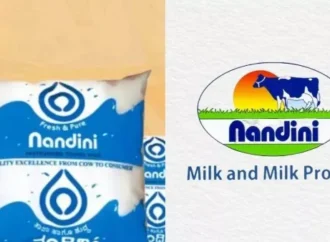
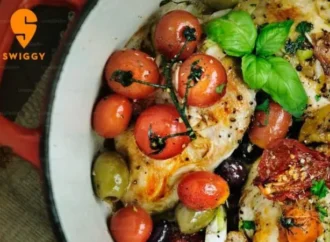

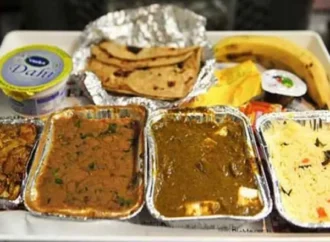
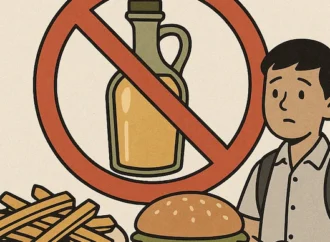

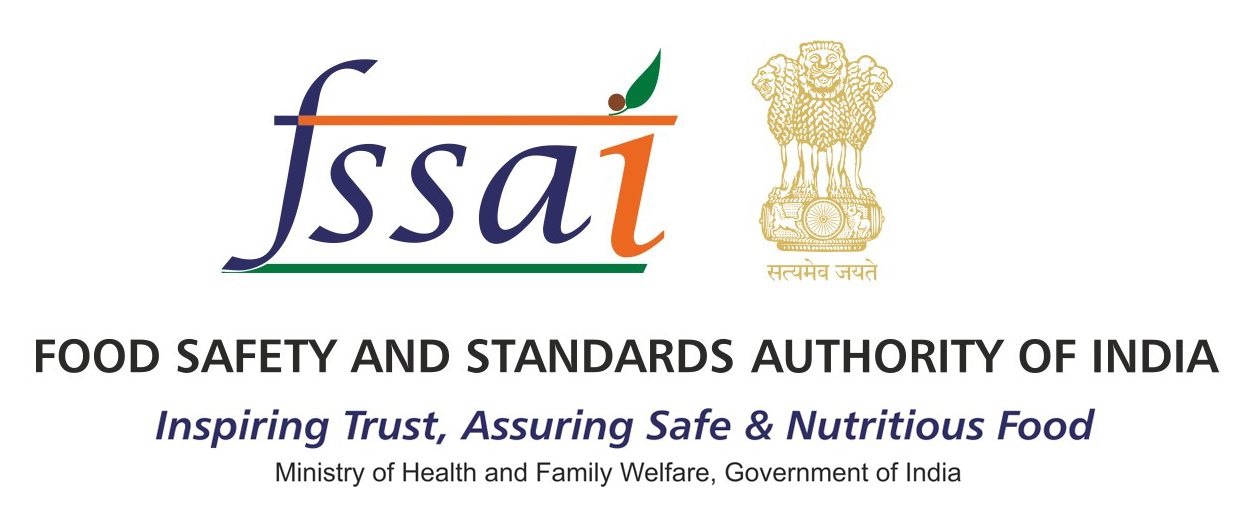

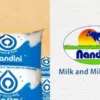



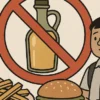





Leave a Comment
Your email address will not be published. Required fields are marked with *